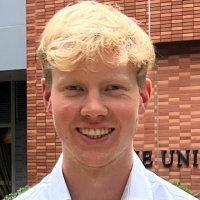
Stan Szymanowicz
@stanszymanowicz
PhD student @Oxford_VGG Intern @Google | Ex-@microsoft @Cambridge_Uni github.com/szymanowiczs
ID: 943776499680849920
https://szymanowiczs.github.io 21-12-2017 09:33:46
183 Tweet
791 Takipçi
281 Takip Edilen
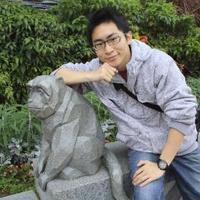

Trying something new this morning. On my commute to work I’m listening to a NotebookLM podcast on Bolt3D as prep for today’s readings.

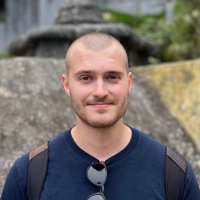





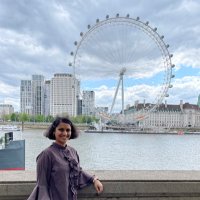
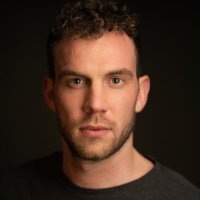





![Jia-Bin Huang (@jbhuang0604) on Twitter photo Paper summary for ...
Stochastic Interpolants, Flow Matching [Lipman et al. 2023], Rectified Flows [Liu et al. 2023], I-Conditional Flow Matching [Tong et al. 2024], Inversion by Direct Iteration [Delbracio and Milanfar 2024], and Iterative α-(de)Blending [Heitz et al. 2023] Paper summary for ...
Stochastic Interpolants, Flow Matching [Lipman et al. 2023], Rectified Flows [Liu et al. 2023], I-Conditional Flow Matching [Tong et al. 2024], Inversion by Direct Iteration [Delbracio and Milanfar 2024], and Iterative α-(de)Blending [Heitz et al. 2023]](https://pbs.twimg.com/media/GRuQC1IaAAAWLhf.jpg)



